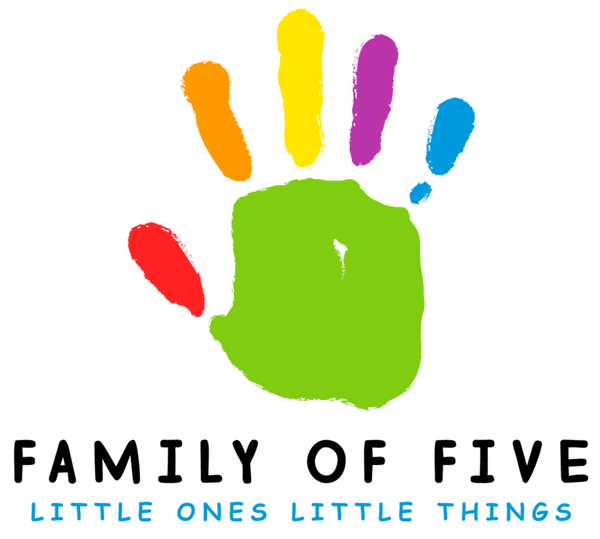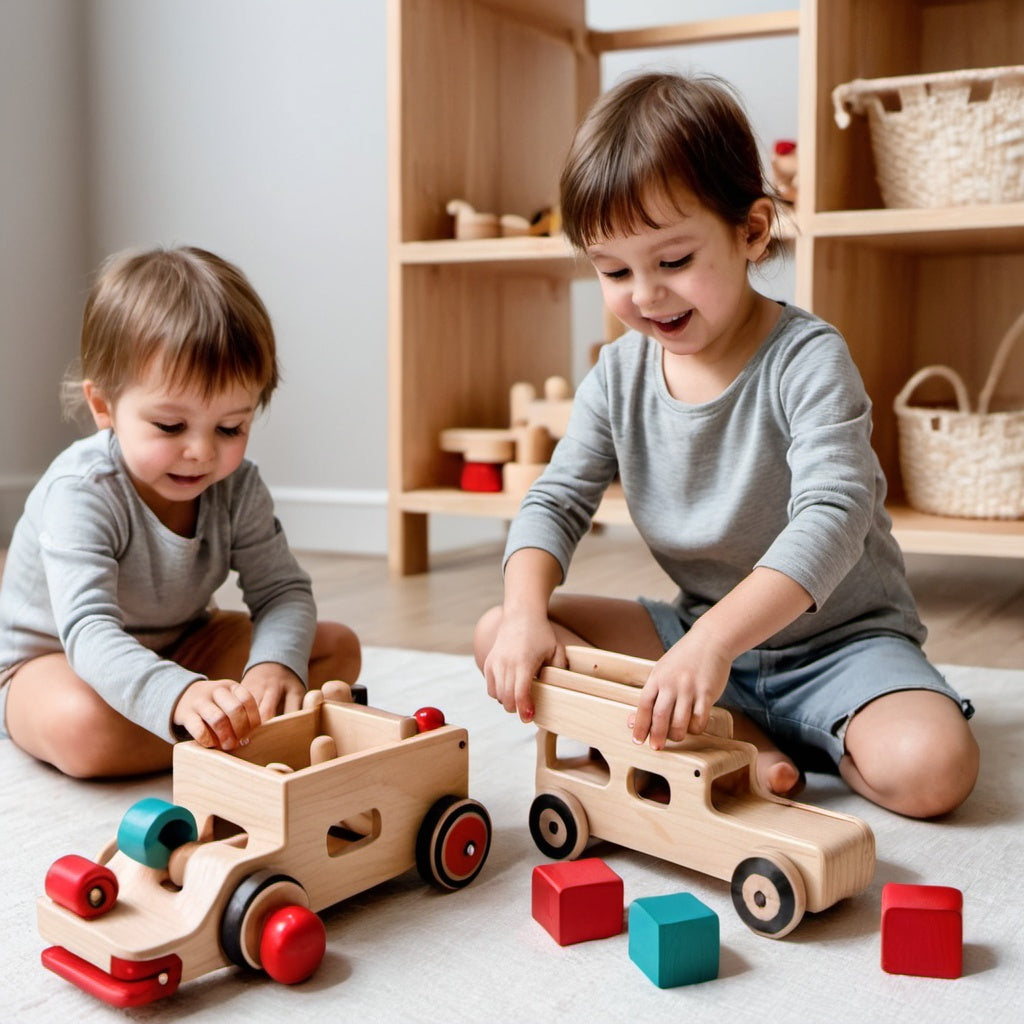Today, we'll take you on a journey through time to explore the captivating history of wooden toys and shed light on their enduring appeal across generations. Let's delve into this fascinating subject together!

Origins in Ancient Civilizations
Wooden toys have graced children's playrooms for millennia, with origins tracing back to ancient civilizations such as Egypt, Greece, and China. These early toys were typically handcrafted from natural materials like wood, bone, and stone, reflecting the craftsmanship of their time.
Ancient Egyptian Toys
In ancient Egypt, children enjoyed playing with wooden dolls and board games, like the well-known "Senet" game. It's remarkable to think that our ancestors crafted toys that resonate with the playfulness and creativity we see in children today!

Ancient Greek and Roman Toys
Similarly, in ancient Greece and Rome, wooden toys like dolls with movable limbs and intricate wooden chariots delighted children. These toys not only entertained but also showcased the artistic talents of ancient toy makers.
Medieval Era to the Renaissance
As we transitioned into the Middle Ages and the Renaissance, wooden toys continued to captivate young minds but with enhanced craftsmanship and design. Toy makers began producing more elaborate toys such as rocking horses, wooden soldiers, and dollhouses.
The Age of Exploration
The Age of Exploration inspired a new wave of wooden toys, with designs reflecting ships, pirates, and brave explorers. Children would often play with wooden ships and treasure chests, fueling their imaginations with tales of adventure on the high seas.

Modern Times and the Industrial Revolution
With the onset of the Industrial Revolution in the 18th and 19th centuries, wooden toy production underwent a transformative change. Mass production techniques enabled the creation of wooden toys on a larger scale, making them more accessible to children across various socio-economic backgrounds.
Traditional vs. Contemporary Wooden Toys
Today, while modern wooden toys may have evolved in design and complexity, they still encapsulate the timeless charm and educational benefits that have made them perennial favorites among children and parents alike.
Why Wooden Toys Are a Parent's Best Choice
So, what makes wooden toys stand out in today's vast toy market? Wooden toys offer several advantages:
-
Durability: Wooden toys are built to last, making them a sustainable and long-lasting investment for your child's playtime.
-
Safety: Made from natural materials, wooden toys are free from harmful chemicals often found in plastic toys, ensuring a safe play environment for your little ones.
-
Educational Value: Wooden toys promote creativity, imagination, and hands-on learning, helping to develop essential skills in a fun and engaging way.
Conclusion
From ancient civilizations to modern times, the history of wooden toys is a testament to their enduring appeal and timeless charm. As parents, choosing wooden toys for your children not only offers a safe and educational play experience but also connects them with a rich heritage of play that spans across cultures and generations.
So, the next time you're shopping for toys, consider adding a wooden toy to your child's collection and watch as they embark on countless imaginative adventures!



